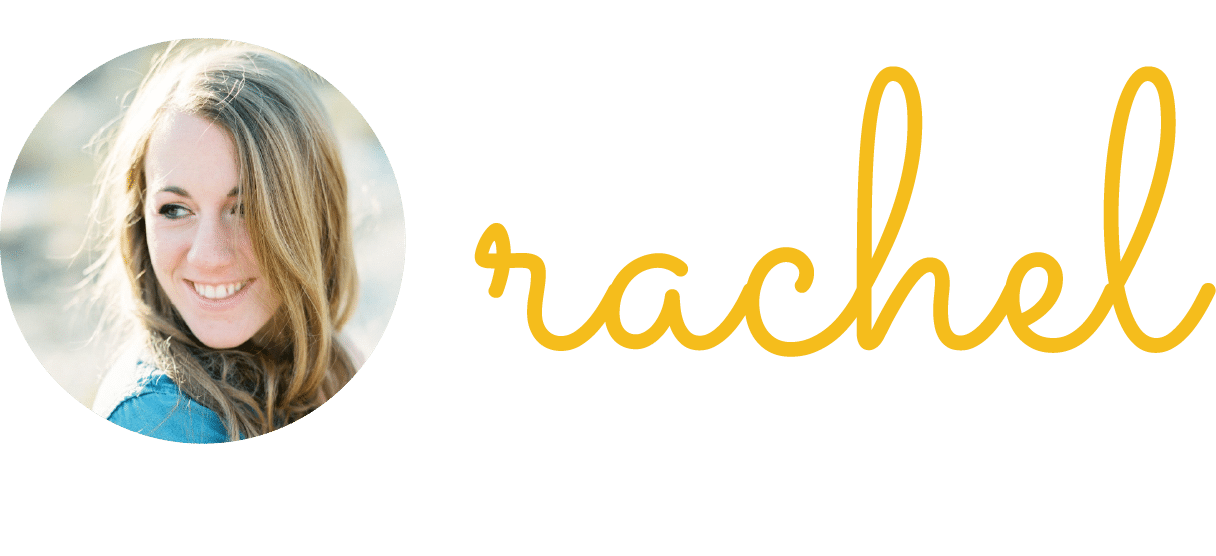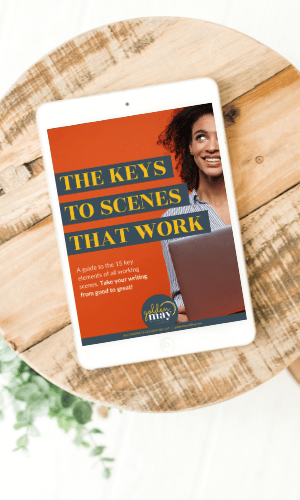You likely have an idea of what your story is about and what will happen to your characters—a young woman embarks on a quest to save a prince from a dragon; a boy must defeat an evil tyrant to free his village; a person experiencing heartbreak learns to find love again.
In each of these stories, something triggers your character to begin their journey. For example, if a young woman embarks on a quest to save a prince from a dragon, something has to get her foot out the door and on the way toward the dragon’s lair.
This something is called the Catalyst or the Inciting Incident, and it’s the first major plot event of your story, where you start to set up the story’s premise. Without the Catalyst, the story would never truly begin.
It can feel like a lot of pressure to decide on that first plot event, but it doesn’t need to be that scary!
To create the Catalyst that best serves your story’s needs, you need to challenge your character’s internal flaw in a major way while also setting up the course of events that is about to change their life forever.
Creating a Catalyst that Sets up Change
The story itself, and the journey your protagonist goes on, is about how they change, how they unlearn their Internal Obstacle belief and learn your Story Point instead. The Catalyst not only sets your story’s events in motion, it’s also what sets your characters down their path toward change.
In the first few scenes of your story, you should establish your main character’s goals and flaws through showing how they live their life as usual. They should have an Internal Obstacle belief—a flawed belief about how the world works—firmly in place in their mind, which is (unknowingly to them) dictating their life and holding them back from achieving their goals.
The Catalyst of your story is when a plot event knocks your character out of their status quo world, and forces them to confront a challenge that will test their deepest flawed belief.
This plot event needs to be big. When it occurs around the 10% mark in your story, it drastically alters your character’s life in a way that makes it impossible to return to the ‘before’ and it needs to happen to them. It’s the scene when the plot challenges their Internal Obstacle belief in a way they can’t avoid, and they must act in response.
As they are responding to what just happened, they should choose to uphold their Internal Obstacle—meaning they’ll make a decision in line with, or because of, their Internal Obstacle belief. Because their decision is a result of their Internal Obstacle belief, they’re really making a flawed decision. The negative consequences of their flawed choice is what sets the story in motion and pushes them into Act 2 with the wrong plan of action.
THE HUNGER GAMES, by Suzanne Collins: When her sister Prim is selected for the Hunger Games (the Catalyst), Katniss Everdeen volunteers for the Games to take her sister’s place (her Internal Obstacle-influenced decision) because she believes that ‘survival of self and of family is the only reasonable goal.’
Without this event, the story would never begin. More importantly, without this moment, Katniss would never be forced to participate in the Games herself and thrust on the path to learn the Story Point ‘there are goals more worthy and more important than simply surviving.’
AVATAR: THE LAST AIRBENDER: After disappearing for 100 years, Aang, the long lost Avatar, wakes up in the Southern Water Tribe to find that the Fire Nation has conquered most of the world in his absence. When Zuko, the Fire Nation Prince, discovers him and attempts to capture him (the Catalyst), Aang sets off on his mission to master the elements in order to stop the Fire Nation’s oppression (his Internal Obstacle-influenced choice).
Aang disappeared from the world 100 years prior because he was running away from his responsibility as the Avatar, so this Catalyst challenges him to confront his flawed belief that ‘he alone is responsible for bringing balance to the world’. While he does indeed go on his quest to master the elements and stop the Fire Nation (his choice) with the friends he makes at the Southern Water Tribe, he does not yet realize what it means to bring balance to the world. Without Prince Zuko pursuing him, he would never have been pushed on his journey to learn the story point that ‘love and friendship bring balance to the world’ rather than the role of the Avatar itself.
AN EMBER IN THE ASHES, by Sabaa Tahir: Laia’s family is attacked in the middle of the night by the oppressive government’s Martial soldiers. They kill her grandparents and then arrest her brother Darin (the Catalyst). When Darin tells her to run—while screaming in pain—she’s forced to decide if she’s strong enough to save him. Ultimately, she decides she’s too weak, and runs (her Internal Obstacle-influence choice).
In this example, Laia’s problem isn’t in her running (she definitely would have died if she’d stayed!), but in her mindset. She believes ‘some people are inherently strong, others (including herself) are inherently weak’. So she runs to find rebel Resistance fighters to ask them to free Darin, rather than scheming to free him herself. Her Internal Obstacle leads her to place her full trust in absolute strangers, which sets the story in motion, and pushes her toward learning the point that ‘Your power lies in your hands, and yours only’.
In each of these examples, the Catalysts are specifically designed to both set the story’s events in motion as well as present an opportunity for the character to make an Internal Obstacle-influenced decision. In this way, the Catalyst attaches the arc and the plot.
Begin Crafting your Catalyst
Your Catalyst event needs to challenge your character’s Internal Obstacle in a way that forces them to make a decision in line with their false belief. The consequences of that decision are what sets your story in motion, and puts your character on their path toward change.
When crafting a Catalyst event that hits on these essential elements, consider each of these questions:
1) What happens to your main character which means they can no longer go back to their life before?
2) How are they forced to face their Internal Obstacle belief?
3) What choice do they make in this scene that shows them upholding their Internal Obstacle belief?
4) What are the consequences of that decision, which set the story in motion?








Leave A Comment